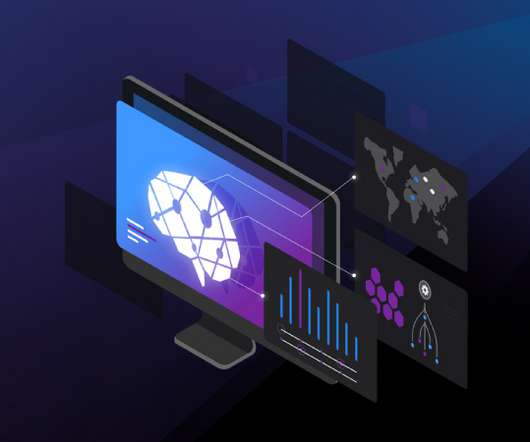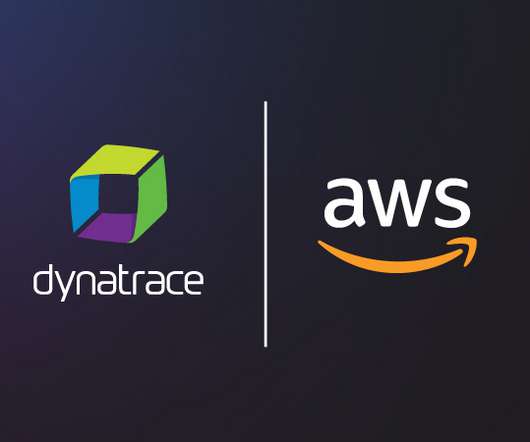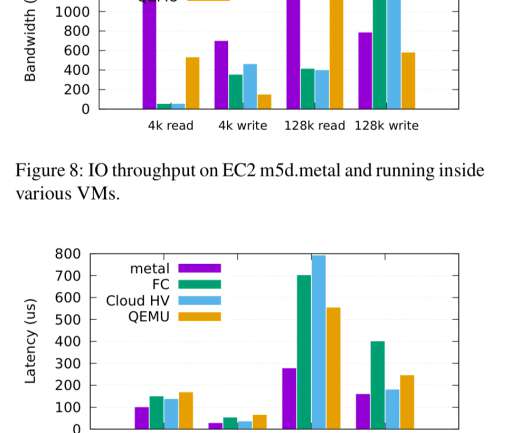AWS observability: AWS monitoring best practices for resiliency
Dynatrace
NOVEMBER 22, 2021
Visibility into system activity and behavior has become increasingly critical given organizations’ widespread use of Amazon Web Services (AWS) and other serverless platforms. These challenges make AWS observability a key practice for building and monitoring cloud-native applications. What is AWS observability?
















Let's personalize your content